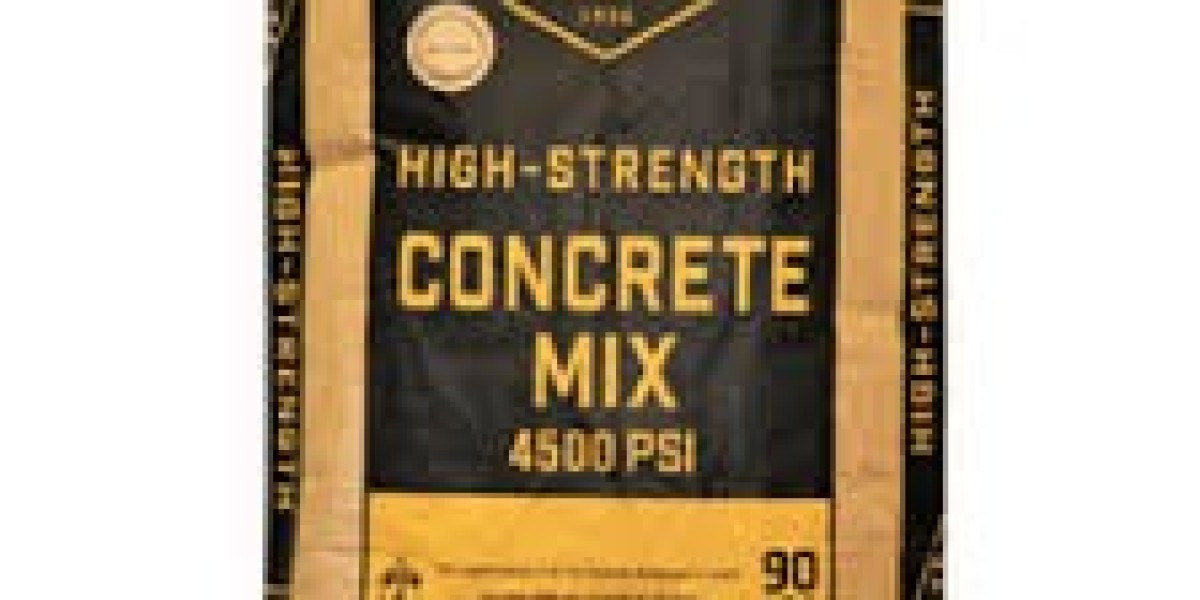Introduction
Concrete mix is a crucial material in the construction industry, known for its strength, durability, and versatility. Concrete Mix is widely used in building structures, pavements, bridges, and other infrastructure projects. The composition and type of concrete mix vary based on the specific requirements of a project.
Composition of Concrete Mix
A standard concrete mix consists of the following key ingredients:
Cement: Acts as the binding agent that holds the mixture together. Portland cement is the most commonly used type.
Aggregates: These include fine aggregates (sand) and coarse aggregates (gravel or crushed stone) that provide bulk and strength.
Water: Essential for the chemical reaction (hydration) that allows the cement to bind the aggregates.
Admixtures (Optional): Chemical additives used to enhance properties such as workability, setting time, and durability.
Types of Concrete Mix
Concrete mixes can be classified based on their intended use and strength requirements. Some of the common types include:
Nominal Mix Concrete:
Uses fixed proportions of ingredients.
Commonly used in general construction where high strength is not a primary concern.
Example: M10, M15, and M20 grades (ratio of cement: sand: aggregate varies accordingly).
Design Mix Concrete:
The mix proportions are determined through laboratory tests.
Ensures optimal strength and durability based on project specifications.
Example: M25, M30, M40 grades.
High-Strength Concrete:
Has a compressive strength above 40 MPa.
Used in high-rise buildings, bridges, and heavy-load structures.
Requires special admixtures and a precise mix design.
Self-Compacting Concrete (SCC):
Highly flowable and can settle without the need for mechanical compaction.
Used in complex structures and areas with heavy reinforcement.
Lightweight Concrete:
Contains lightweight aggregates such as expanded clay or pumice.
Used for thermal insulation and in structures where weight reduction is essential.
Reinforced Concrete:
Contains embedded steel bars (rebar) to improve tensile strength.
Commonly used in beams, columns, and slabs.
Pervious Concrete:
Allows water to pass through, reducing runoff and improving drainage.
Used in sidewalks, driveways, and environmentally sensitive areas.
Applications of Concrete Mix
Concrete mix is integral to numerous construction projects, including:
Residential and Commercial Buildings: Used in foundations, walls, floors, and roofs.
Bridges and Highways: Provides structural strength for transportation infrastructure.
Dams and Water Retaining Structures: Ensures resistance to water pressure and long-term durability.
Industrial and Marine Structures: Designed for high-strength and corrosion-resistant properties.
Decorative Applications: Stamped, colored, and polished concrete are used for aesthetic appeal in landscaping and interiors.
Conclusion
Concrete mix is a fundamental material in construction, offering various compositions and types to meet different project needs. Proper selection, mixing, and curing of concrete ensure the strength, durability, and longevity of structures. Understanding the properties and applications of different concrete mixes is essential for engineers, builders, and contractors to achieve optimal results in construction projects.









